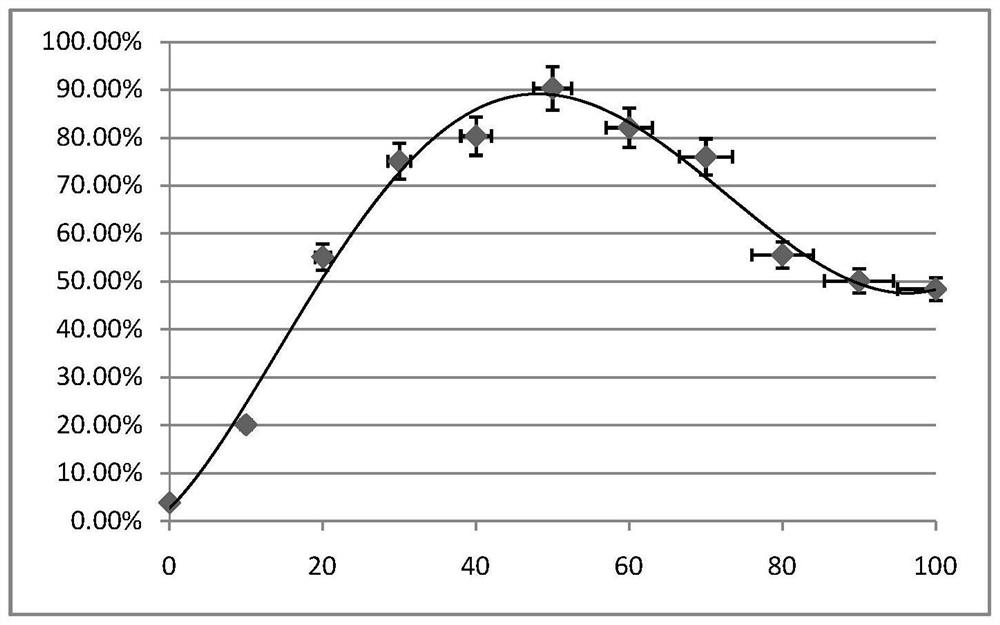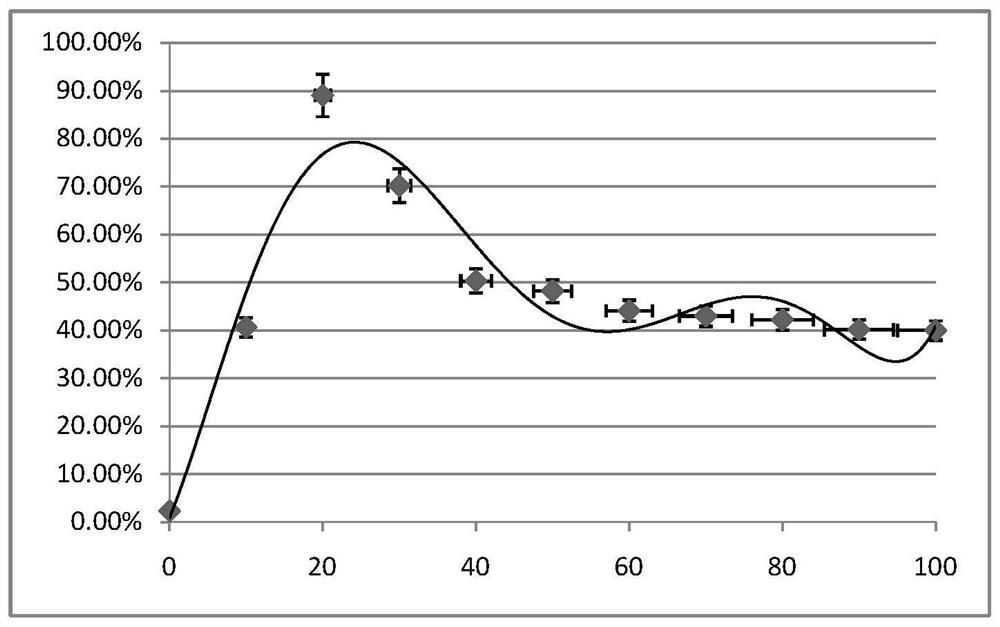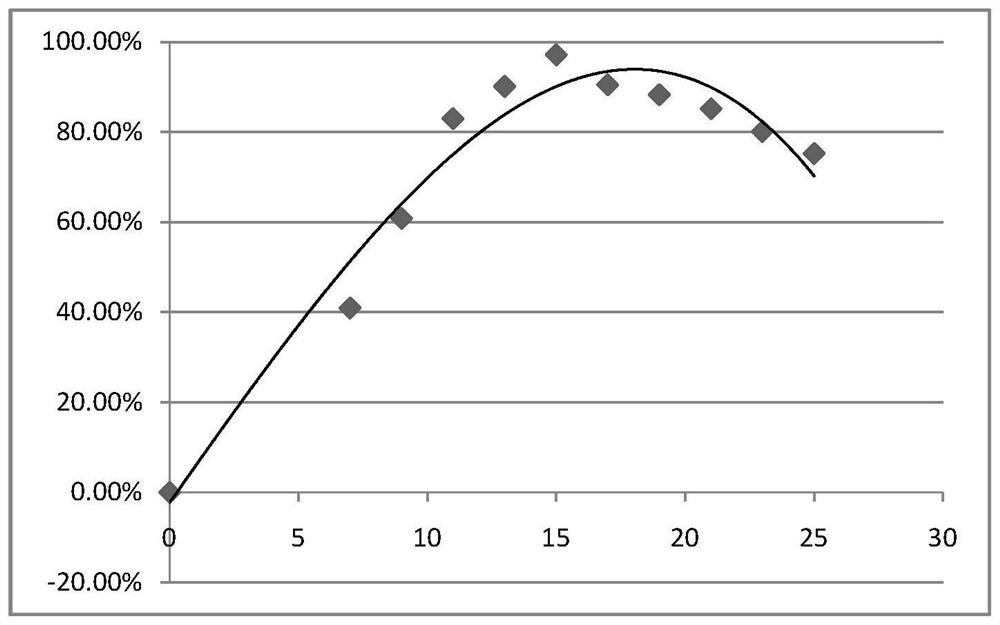Method for inducing mononuclear cells to differentiate into dendritic cells
A technology of dendritic cells and monocytes, applied in the field of inducing the differentiation of monocytes to dendritic cells, can solve the problems of low DC induction rate, complicated operation, influence on dendritic cell differentiation, etc.
- Summary
- Abstract
- Description
- Claims
- Application Information
AI Technical Summary
Problems solved by technology
Method used
Image
Examples
Embodiment
[0062] The present invention is specifically described below by way of examples. It is necessary to point out that the following examples are only used to further illustrate the present invention, and can not be interpreted as limiting the protection scope of the present invention, some non-essential improvements made by those skilled in the art according to the content of the present invention above And adjustments still belong to the protection scope of the present invention.
[0063] The embodiment provides a method, including: sorting of CD14+ monocytes, differentiation of CD14+ monocytes and flow detection;
[0064] Sorting of CD14+ monocytes:
[0065] (1) will 1×10 8 PBMC cells were mixed with 800 μL of buffer solution, and then 200 μL of CD14 magnetic beads were added to incubate in the dark at 2-8°C for 15 minutes, then 15 mL of buffer solution was added, centrifuged at 300 g for 10 minutes, the supernatant was discarded, and 500 μL of buffer solution was added to th...
PUM
 Login to View More
Login to View More Abstract
Description
Claims
Application Information
 Login to View More
Login to View More - R&D
- Intellectual Property
- Life Sciences
- Materials
- Tech Scout
- Unparalleled Data Quality
- Higher Quality Content
- 60% Fewer Hallucinations
Browse by: Latest US Patents, China's latest patents, Technical Efficacy Thesaurus, Application Domain, Technology Topic, Popular Technical Reports.
© 2025 PatSnap. All rights reserved.Legal|Privacy policy|Modern Slavery Act Transparency Statement|Sitemap|About US| Contact US: help@patsnap.com



